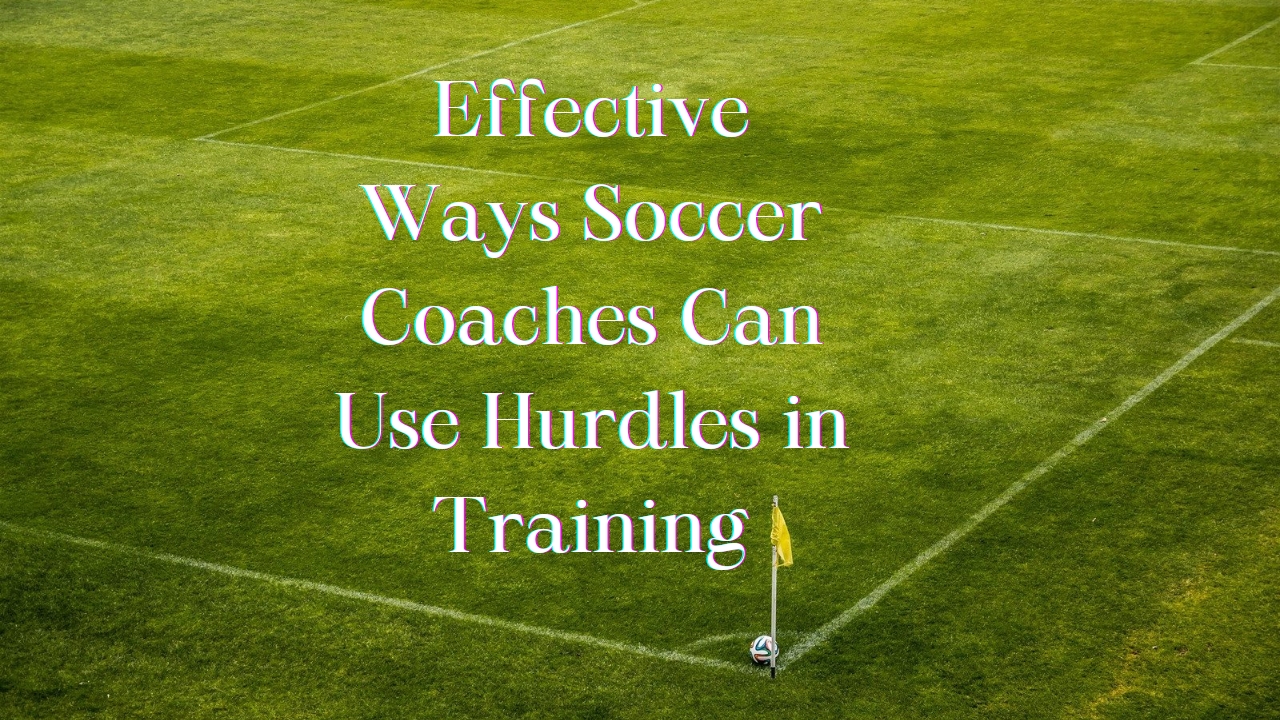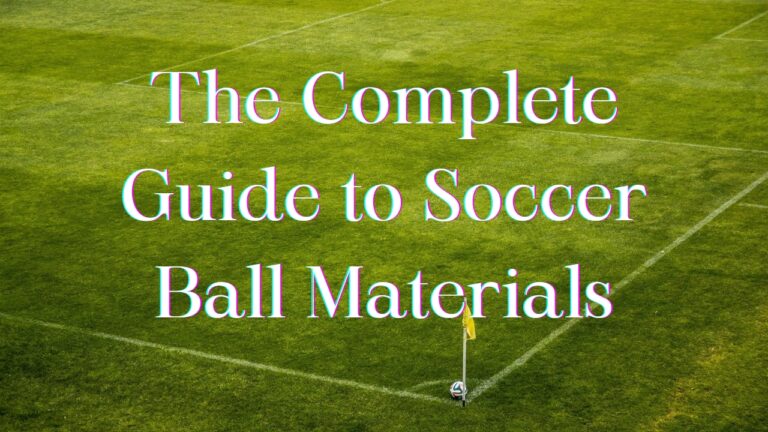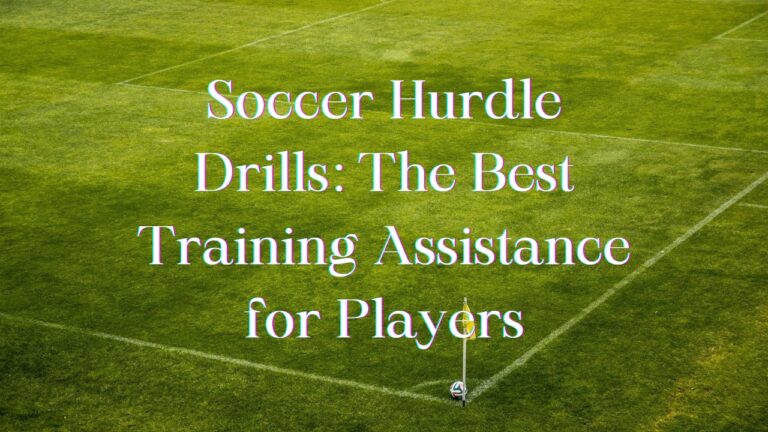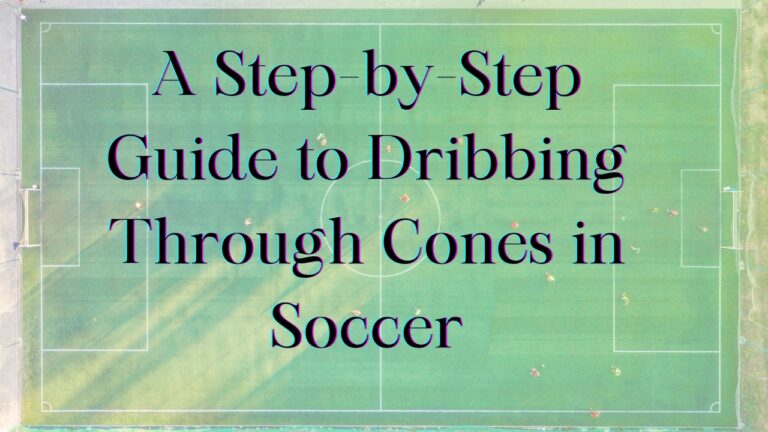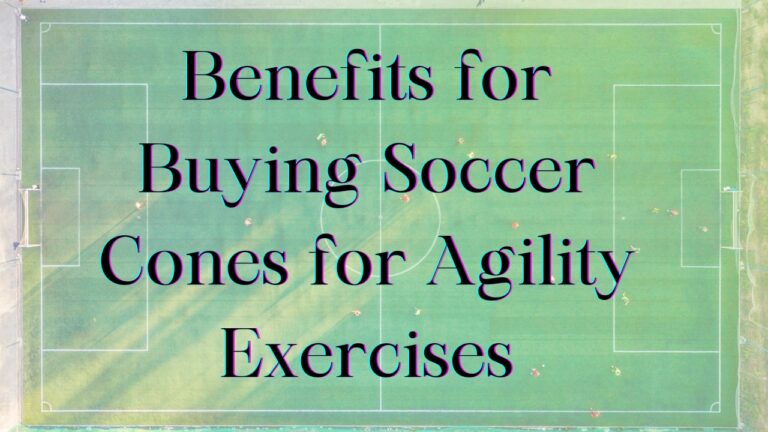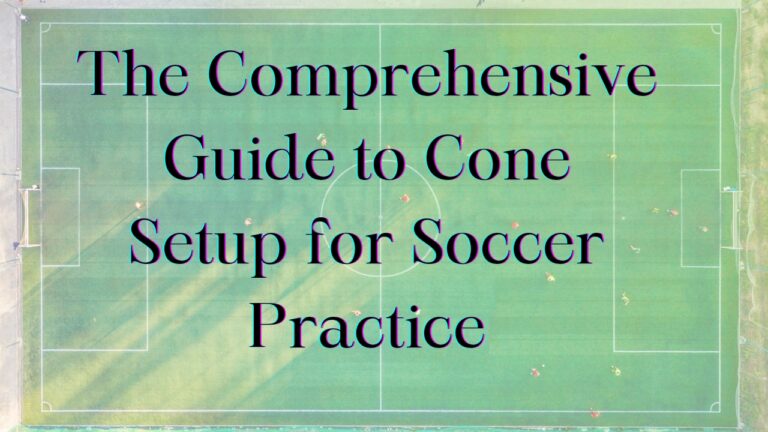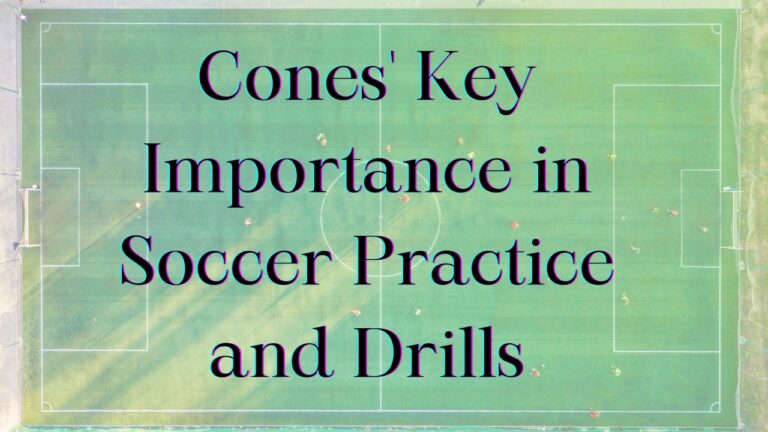Soccer hurdles are a fantastic tool for coaches looking to take their players’ skills to the next level. These versatile obstacles allow you to customize fun, engaging drills that target specific abilities like agility, speed, coordination, and more. By adding soccer hurdles into your regular training sessions, you’ll give players dynamic challenges they’ll enjoy while developing into well-rounded athletes.
Develop Agility and Change of Direction
One major benefit of hurdles is their ability to improve agility and quick directional changes. Set them up in slalom patterns and have players dribble the ball while quickly cutting inside and outside each obstacle. This forces fast feet and tight control. You can progress players over time by increasing the speed of the drill and the number of hurdles.
Agility ladders are another option. Have athletes quickly step in and out of each rung, practicing footwork patterns like icky shuffle, in-in-out-out, and more. Hurdles and ladders together make for challenging combo drills!
Improve Acceleration and Running Form
Properly spaced hurdles also allow focused work on acceleration mechanics and top-end speed development. Set a line of evenly spaced hurdles and have players sprint over each one, focusing on good running posture and technique:
- Driving knees up toward the chest
- Pumping arms in opposition to legs
- Staying low with an upright, stable trunk
You can combine hurdles with other equipment like cones or poles to create more demanding sprinting drills for advanced players.
Sample Running Form Drill With Hurdles:
- Set up a line of 6 evenly spaced hurdles 2 feet high
- The player starts 5 yards back in an athletic stance
- On the coach’s signal, accelerate over each hurdle
- Focus on knee drive, arm pump, and tall posture
- Run through for 10 more yards after the last hurdle
- Walk back and repeat for the desired number of reps
Enhance Jumping, Bounding and Leaping Ability
Coaches can get creative using hurdles set at varying heights to improve players’ jumping and explosive leg power. Basic drills involve leaping over a repeating pattern of low-to-high hurdles, bounding sideways over lower obstacles, and jumping both vertically and horizontally.
These plyometric exercises strengthen fast-twitch muscle fibers to enhance quickness and jumping ability for headers, shots, and overall athleticism. Be sure to prioritize proper landing mechanics as well to prevent injury.
Practice Dribbling and Ball Control
One of the more skill-focused applications of hurdles involves using them as tight obstacles to dribble a soccer ball through. This challenges players’ close ball control and coordination as they must navigate without contacting the hurdles.
Start with wider spacing and allow creativity with skill moves like step-overs, v-cuts, etc. Then progress by setting the hurdles progressively tighter, forcing precise footwork and ball mastery.
You can have players approach from varying distances and angles to work on different starting positions and first touches. partner up to add passive defensive pressure as well.
Top Ball Control Drills Through Hurdles:
- Zig-zag pattern – Work both feet inside/outside hooks
- Slalom series – Straight line slalom through closely set hurdles
- 360 combinations – Link skills like stepovers, scissors, Cruyffs
Executing Turns, Cuts and Pivots
Hurdles also make for excellent setups to work on explosive turns, direction changes, and pivots with the ball. Place a few hurdles in an open space and have players dribble around freely, demonstrating skills like:
- Outside/inside hooks
- Stepover turns
- Cruyff/drag back turns
- Forward/backward pivot turns
Vary spacing and starting positions to allow for more combination of play and creativity. You can even make it a game of tag for some competitive fun.
Developing Coordination and Body Control
In addition to ball skills, hurdles are fantastic for overall coordination and proprioception (body awareness). Challenge players by setting up hurdles in random, asymmetrical patterns and having them navigate through in unique sequences.
You can incorporate dynamic gymnastic-style movements like full turns jumping over hurdles, reverse pivot hops, lateral bounding, and more. This style of training develops well-rounded body control and concentration under complex conditions.
Setting Up Fun, Competitive Drill Circuits
To get players excited and engaged, design full obstacle course circuits using all varieties of hurdles, ladders, poles, and cones. Time players as they complete the challenges or put them head to head in teams.
Healthy competition boosts intensity and focus. You can include ball skills or make it bodyweight movements only. Get creative and change it up to keep sessions novel and players motivated to push themselves.
Coaching Cues and Tips
As with any technical training, providing clear and concise coaching cues is key. Demonstrate proper techniques first, then give specific feedback as players perform the drills:
- “Stay low in your posture and drive those knees!”
- “Quick feet through the ladder – don’t let your heels touch down.”
- “Use small, choppy steps and keep the ball tight.”
Positive reinforcement goes a long way too. Be encouraging and praise players when you see good examples of technique.
Progressions to Continue Challenging Players
The beauty of hurdle training is how easily you can scale up the difficulty over time. Ways to progress include:
- Increasing hurdle height incrementally
- Adding secondary tasks like juggling a ball
- Setting hurdles progressively tighter for more challenge
- Incorporating decision-making by calling out different patterns
The key is introducing new stimuli to keep players engaged and on their toes.
Considerations for Different Age Groups
When designing hurdle drills, it’s important to scale the activities appropriately for your players’ ages and abilities. Here are some general guidelines:
For younger players (U8-U12):
- Use lower hurdle heights that are easy to step over
- Keep sessions fun with variety and games
- Focus on basic coordination and body control
- Build very gradually to avoid overtraining
For teenagers (U13-U18):
- Hurdle heights can be increased based on age/ability
- Longer, more intensive plyometric/agility circuits
- Progress technical skills under fatigue
- Allow for some healthy competition
College/Pro:
- Challenge with maximum hurdle heights
- Emphasize speed and power development
- Create highly sport-specific, position-based drills
- Push aerobic and anaerobic systems in intervals
Always land on the side of safety and appropriateness. The goal is long-term athletic development in a progressive, engaging way.
Benefits of Regular Hurdle Training
When implemented effectively and consistently, hurdle training provides a wide range of benefits:
- Develops well-rounded skills and athletic abilities
- Improved agility, quickness, and explosion
- Enhanced coordination and body control
- Increased knee stability and injury resilience
- Players enjoy the engaging, dynamic nature
The versatility of hurdles allows you to target limitless physiological adaptations. Best of all, players will have fun taking on the creative challenges you design! So grab some hurdles and get to work – your team is sure to see results.
In conclusion
Soccer hurdles are an incredibly versatile piece of training equipment that every coach should utilize regularly. The drills and progressions outlined provide a blueprint for integrating hurdles to effectively enhance player skills from dribbling, ball control, and agility, to speed, power, and coordination.
By implementing these tips for coaches on using soccer hurdles, you’ll create fun, engaging sessions that challenge athletes in dynamic ways. Don’t be afraid to get creative and customize circuits specific to your team’s needs. The key is varying hurdle setups to holistically develop well-rounded skills.
With consistent, progressive hurdle training, you’re sure to see improvements in your players’ technique and athletic abilities. Hurdles allow you to make sessions competitive, motivating, and enjoyable too – a win-win for coaches and athletes alike! So grab some hurdles and put these tips into action.
Related Post: Soccer Hurdles Drills: The Ultimate Training Tool for Soccer Players
Author

